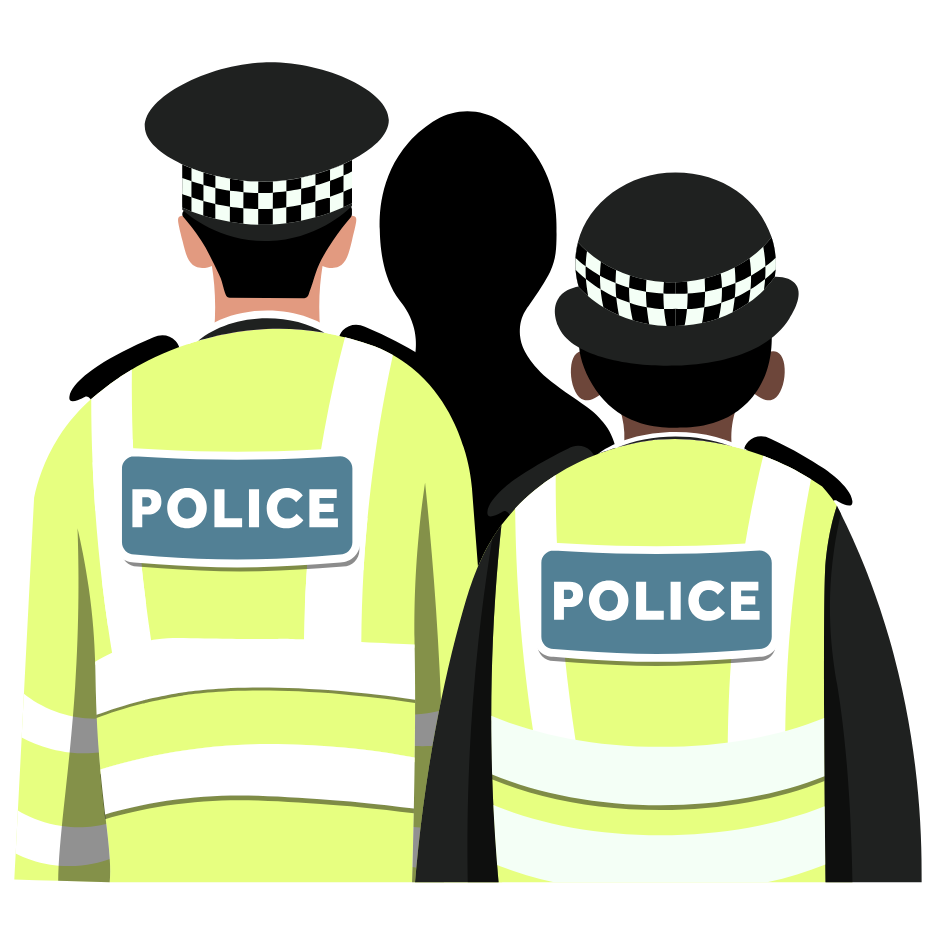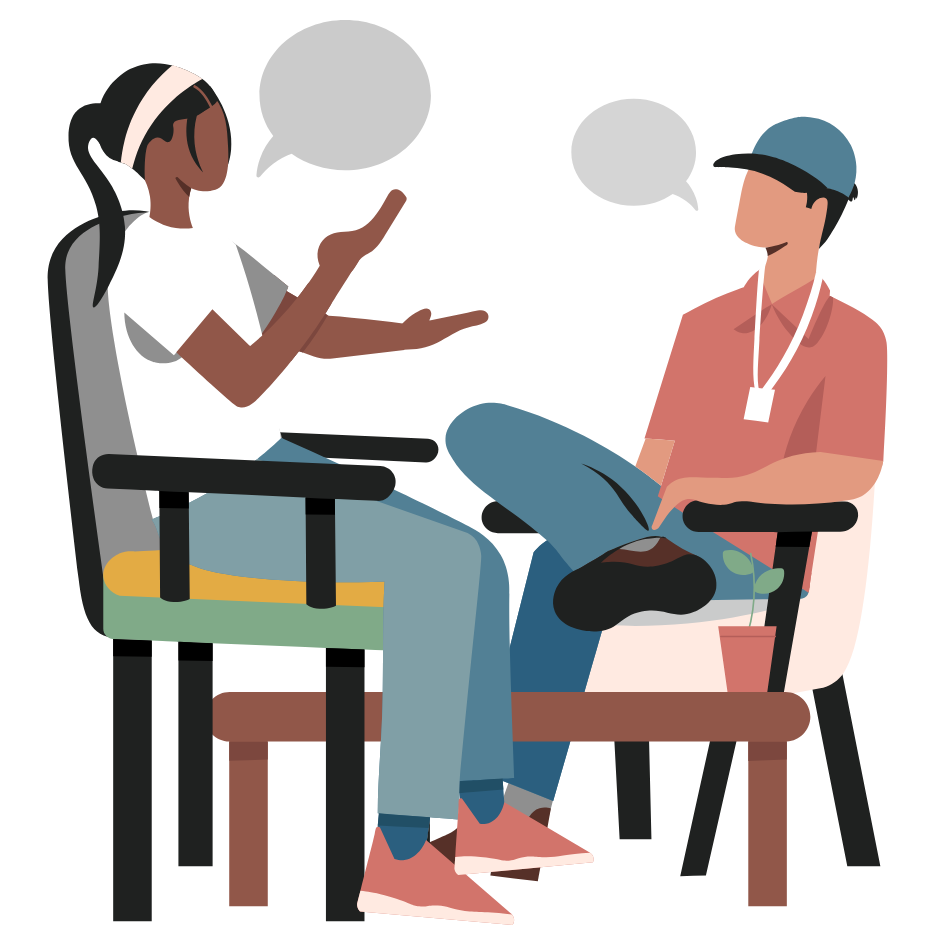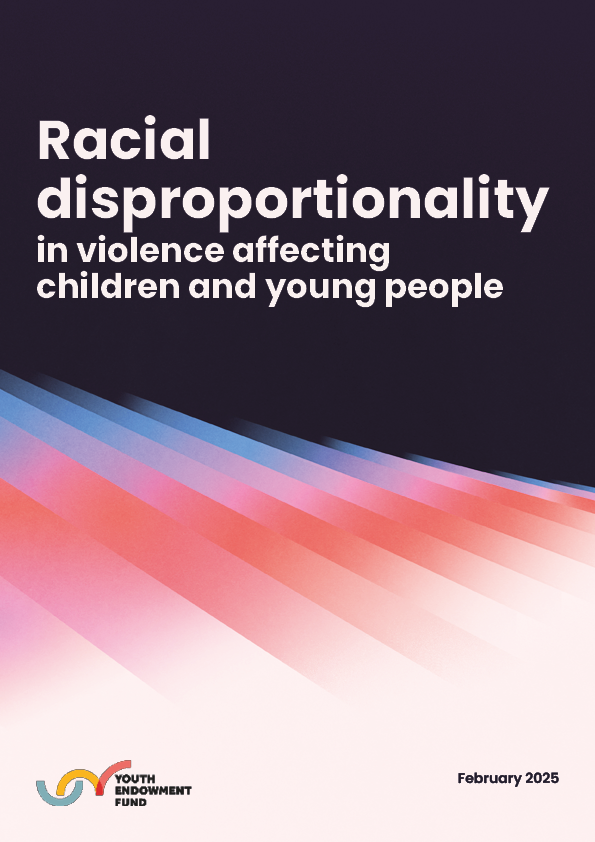
Racial disproportionality in violence affecting children and young people
Five first steps for the new government

Five first steps for the new government
Violence has devastating impacts on children and families. While children from all backgrounds can face violence, children from certain ethnic backgrounds are less safe.
The majority of children in the youth justice system, and involved in violence, are White. However, relative to their share of the population, some minority ethnic groups – and Black children in particular – are over-represented, while other groups – e.g. those from Asian backgrounds – are under-represented.
This disproportionality is driven by factors like poverty, racism and unequal access to support.
Children from some minority ethnic backgrounds are significantly over-represented in the youth justice system. The Youth Endowment Fund’s (YEF’s) mission is to prevent children and young people from becoming involved in violence. It’s fundamental that we understand and address the experiences of children from Black, Asian and other minority ethnic backgrounds in relation to violence and criminal justice. If we don’t challenge the role that racism plays in young people’s experiences of youth justice, education and access to support, we won’t achieve our mission.
As an organisation committed to race equity, we also recognise the importance of tackling racism and racial injustice in all their forms — not only because they affect young people’s pathways to violence but also because they have profound and enduring impacts on their lives, opportunities, and wellbeing. Challenging these injustices is central to our values and our work.
Learn more about race equity at YEF.
This report highlights five challenges for the new government, both inside
and outside of the criminal justice system. In this report we describe the scale of these issues and point to evidence-informed approaches that have potential for both reducing disproportionality and reducing violence.
Stop and search disproportionately targets Black children. While necessary for public safety, its effectiveness is limited and can have negative consequences.


Outcome 22 allows police to divert children from the justice system without requiring an admission of guilt. This could reduce racial disproportionality and re-offending. However, the current framework may discourage its use.
Therapeutic approaches can reduce violence, but Black and Asian children lack access to mental health support. Barriers include lack of trust, racism awareness, discrimination, and differing perceptions of mental health. We need better monitoring of support and more accessible services for minority ethnic families.


Absence, suspension, and exclusion from school increase the risk of crime and violence. Children from certain ethnic groups are more likely to face these. The government should support schools to reduce absence and provide support for suspended/excluded children, benefiting over-represented groups.
Black and Gypsy, Roma, and Traveller children are disproportionately represented in custody. Black children account for 26% of children in custody despite being 6% of the population. Gypsy, Roma, and Traveller children are overrepresented as well. Improving conditions and safety in custody is crucial, along with reducing the number of children from these groups in secure facilities and investing in post-custody resettlement programs.


Download YEF’s racial disproportionality report
